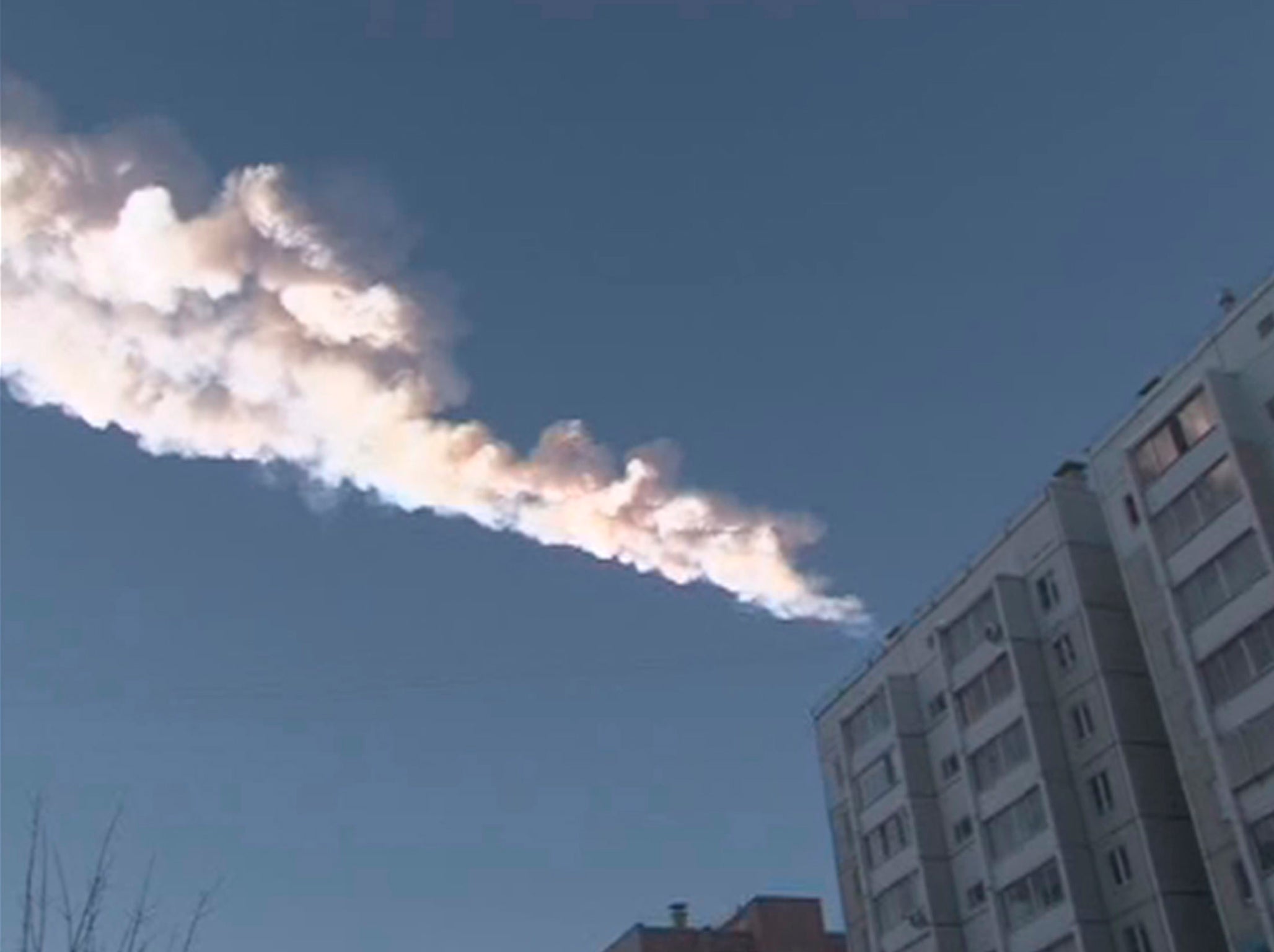Huge meteor explosion above Earth's surface detected by Nasa
Fireball unleashes 10 times as much energy as atom bomb dropped on Hiroshima

Your support helps us to tell the story
From reproductive rights to climate change to Big Tech, The Independent is on the ground when the story is developing. Whether it's investigating the financials of Elon Musk's pro-Trump PAC or producing our latest documentary, 'The A Word', which shines a light on the American women fighting for reproductive rights, we know how important it is to parse out the facts from the messaging.
At such a critical moment in US history, we need reporters on the ground. Your donation allows us to keep sending journalists to speak to both sides of the story.
The Independent is trusted by Americans across the entire political spectrum. And unlike many other quality news outlets, we choose not to lock Americans out of our reporting and analysis with paywalls. We believe quality journalism should be available to everyone, paid for by those who can afford it.
Your support makes all the difference.A huge meteor explosion just 16 miles above Earth’s surface unleashed 10 times as much energy as the atom bomb dropped on Hiroshima, Nasa has revealed.
The fireball, which was several metres wide, tore into the atmosphere at around 71,000 mph on 18 December, scientists said, before blowing up off Russia’s remote Kamchatka region, releasing in energy the equivalent of 173 kilotons of TNT.
It was the second biggest blast of its kind in 20 years – after the meteor that exploded over Chelyabinsk in Russia six years ago – though unlike its predecessor no one appeared to capture the incident on camera.
Lindley Johnson, planetary defence officer at Nasa, told BBC News a fireball of the size seen in December was only expected on Earth two or three times a century.
He said scientists had been asking airlines if any flights picked up recordings of the incident, since it occurred over the Bering Sea in an area near routes used by planes flying between North America and Asia.
Nasa was first notified of the explosion by the US Air Force, which picked up the blast on military satellites.
In 2013, the Chelyabinsk meteor blast, which was two-and-a-half times as powerful as the Kamchatka incident, injured more than 1,000 people and sent shockwaves twice around the earth.
The 17-metre rock exploded at a height of around 18 miles, but shattered windows in thousands of buildings and briefly burned brighter than the sun.
The Kamchatka meteor incident is a reminder that relatively large objects can still arrive without warning. In 2005, the White House told Nasa to develop by 2020 the ability to detect 90 per cent of near-Earth asteroids at least 140-metres wide.
Join our commenting forum
Join thought-provoking conversations, follow other Independent readers and see their replies
Comments